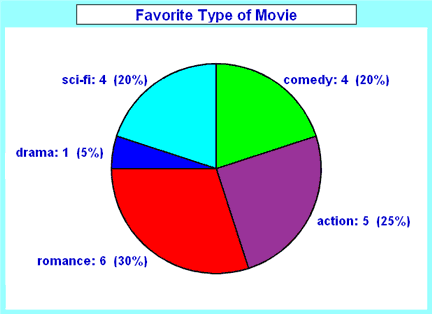A value that "lies outside" (is much smaller or larger than) most of the other values in a set of data.

For example in the scores 25,29,3,32,85,33,27,28 both 3 and 85 are "outliers".

For example in the scores 25,29,3,32,85,33,27,28 both 3 and 85 are "outliers".
If you plan to go on vacation, you would probably not want to go to the edge of a volcano.
It's much too hot there. The mountains have a much cooler breeze.


